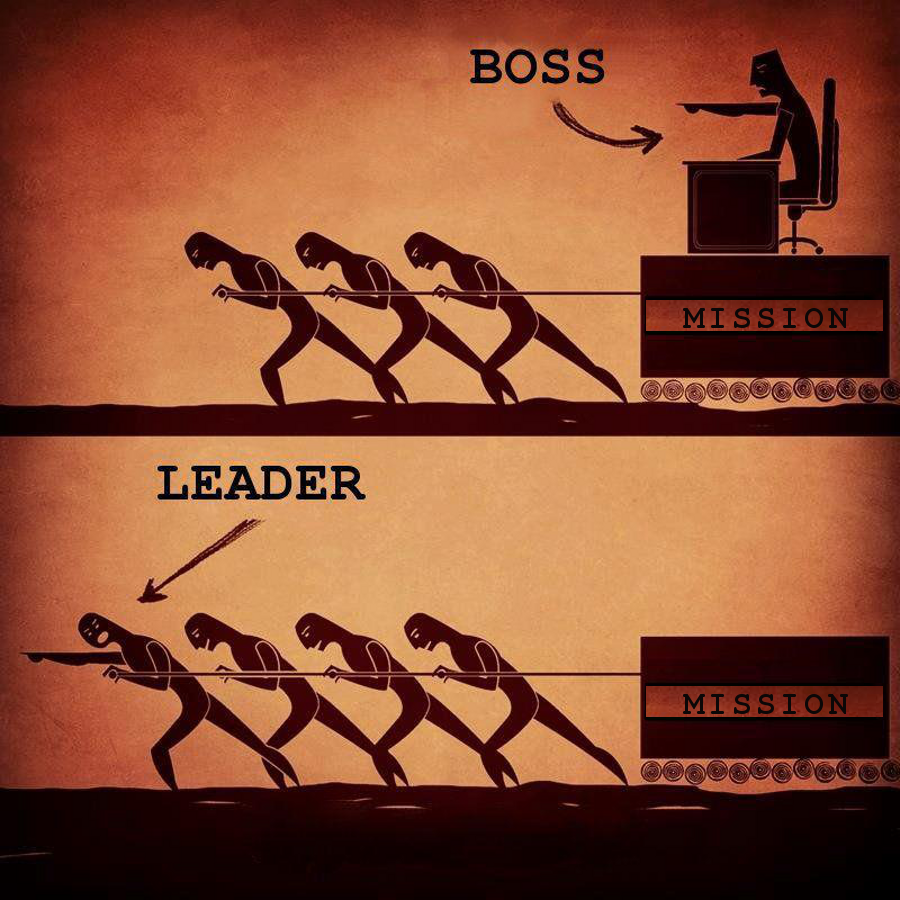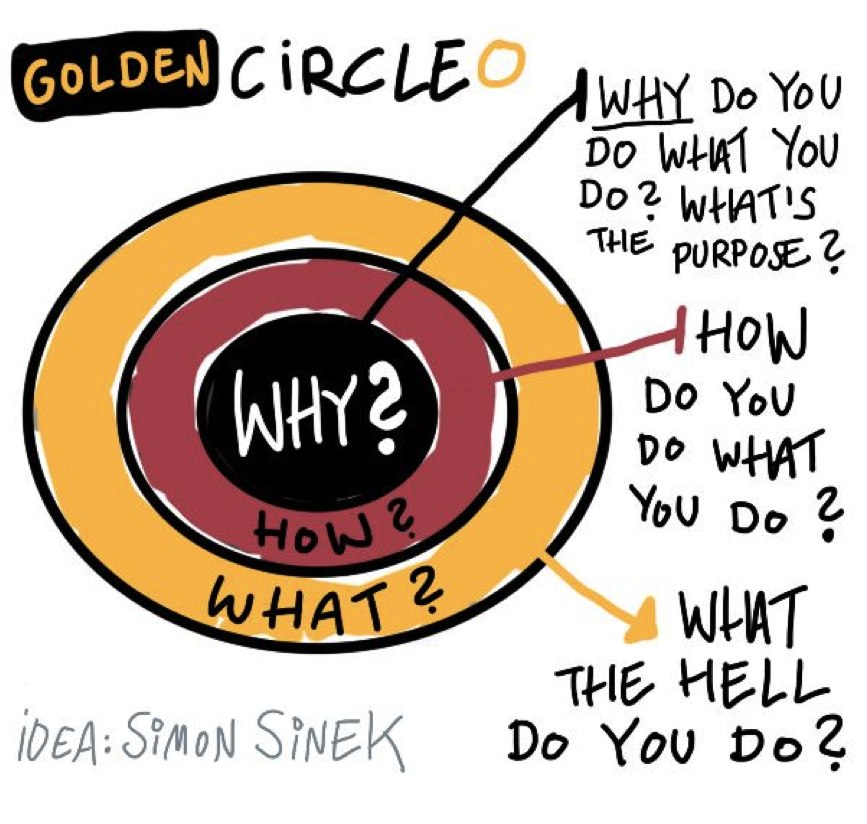For founders, it’s clear that building a team is essential to your startup’s success. But when it comes to managing employees, will you be a boss or a leader?
The Times, They Are A-Changin’
With change comes new challenges. New technology breeds a faster-paced environment and a competitive marketplace, which has created an opening for Millennials to become a key piece of the hiring puzzle for startups.
They bring new ideas and a different perspective, and can be a cost effective approach to hiring (although some recent computer science grads may command higher salaries due to the demand of their skills).
So, how can founders utilize one of their largest and most important assets: their employees? Even if they are themselves a member of the Millennial generation, how can they successfully manage their peers?
Boss vs Leader
To answer that question, you first need to ask yourself another: Are you a boss or a leader?
In his lecture on how to be a great founder, LinkedIn founder Reid Hoffman said success isn’t one size fits all. Instead, the most important part of being a founder is knowing whether or not you’re on the right track.
What is the right track? It will be somewhat different for every business, of course. But in all cases, at least part of the answer lies in how you treat those you hire to help mold your product and grow your company.
Boss
The idea of a boss is largely consistent with that of old America: an arrogant micro-manager who is probably a man (as most women were kept out of leadership positions).
As illustrated in the image above, a boss dictates the mission while perched on high and then expects his employees to do all of the work to execute on it.
Leader
In contrast, leaders largely represent the new America, which thankfully is opening its arms to a more diverse set of people.
Rather than dictating the mission from above and barking orders, a leader is down on the front lines, working in the trenches alongside his or her employees in a team effort to execute on the company’s mission.
A boss inspires fear and commands his employees, taking credit when things go well and blaming others when things go wrong. A leader, on the other hand, generates enthusiasm and asks his employees, giving credit to others and stepping in to help when things go wrong.
Not only will leaders be better liked and respected by his or her employees, but they will actually be more successful in recruiting and maintaining top talent and helping them to reach their full potential (which will not only benefit the employee but the company, as well).
The Golden Circle
The management approach you choose as a founder will have an impact on the overall culture of your company. (It’s not just free beer and ping pong, after all!)
Simon Sinek, a leadership author, primes his readers to “start with why.” This idea can apply to many different situations, both in and out of the workplace. (In fact, we previously explored it in the context of the Lean Startup Methodology for developing and testing products).
Sinek’s concept of the Golden Circle can also be applied to leadership.
The Golden Circle prompts us to think critically about our message. Many of us know what we do: we optimize X, we create Y, we host Z. But why are we doing it?
The “why” helps to create purpose, especially for Millennials who seek meaning in their work and want employers to invest in their growth.
“Young people are fickle,” wrote Karl Moore in Forbes last October. “They are on an endless search for happiness. If an organization is unable to map out a road plan, a purpose of employment, it will unfortunately notice a high 0-2 year turnover.”
Moore reported that, out of a sampled group of Millennials, just 31% of new graduates feel that companies properly integrated new employees. That means the message that employers are trying to send isn’t turning out to be very effective to target this growing group of professionals.
So, how can founders actually engage these employees? Start by asking questions and being critical of one’s self. Is your current ‘why’ compelling?
If you tell future employees and consumers that “we created an amazing system to solve X problem,” they will probably subconsciously respond with “Okay that’s great, but what’s in it for me?”
Now let’s try this: “We believe that X is a problem, and we are passionate that our solution is great. It’s simple, easy to use, and has a beautiful interface. Do you want to be a part of bringing it to life?”
The whole message changes when you frame it a certain way. This requires not only autonomy as a leader but having a clear vision.
Companies with a clear mission statement are more attractive to potential employees, and those who buy in to your vision will in turn be more productive.
We have many bosses in the workplace but few leaders. Which will you be?


